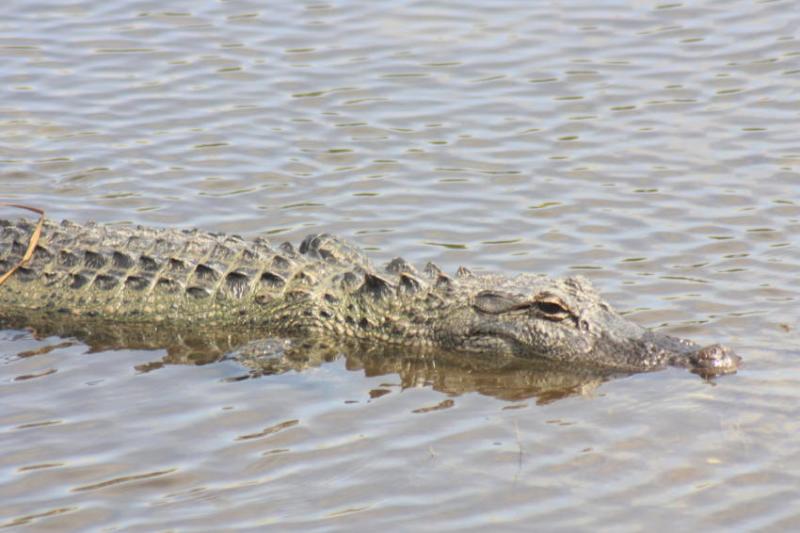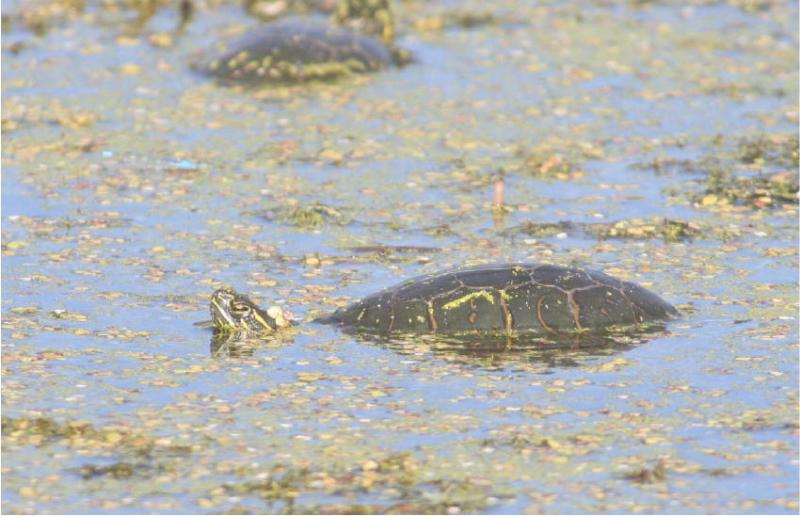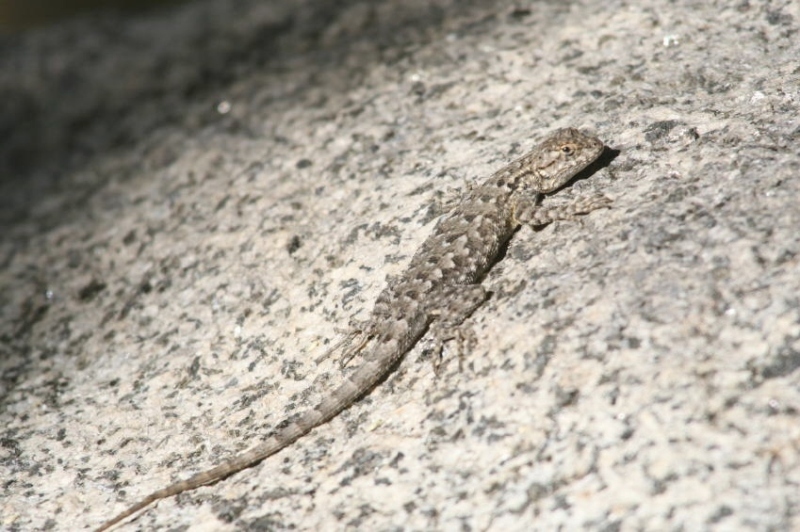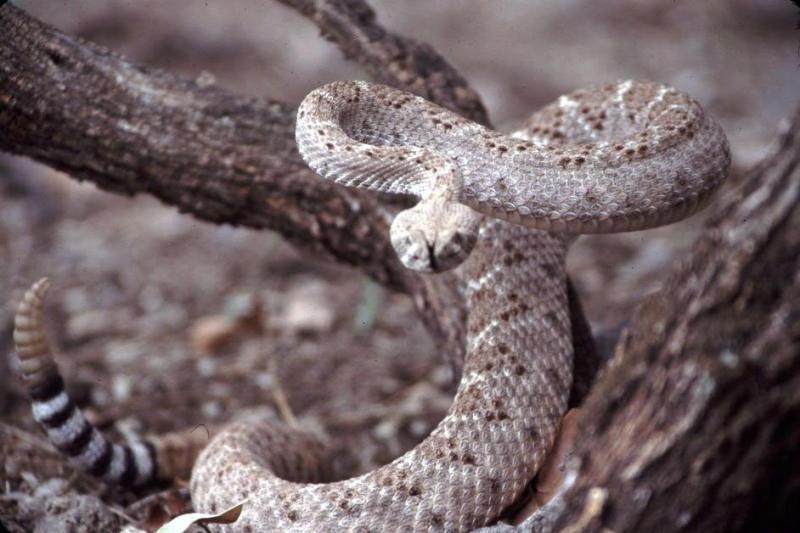Reptiles:Carryovers from an Ancient Past
By Dave Hanks
Most all of us have visited museums that feature the huge skeletons of dinosaurs in their many and interesting forms. Although they are now extinct, their remnants now abound in much smaller forms. These modern ones come in four classes: Crocodilians, turtles, lizards, and snakes.
Reptiles are vertebrates (backbone), which breathe air and are cold-blooded. Their bodies cannot regulate their body temperature – which must be done by either seeking the sunshine’s warmth or the shade’s coolness. They are not “slimy”, but have dry, tough, scaly skin. Their skin has a high level of keratin to protect their bodies and prevent water loss.
All have four legs, with the exception of snakes. However the big constrictors have vestiges of hind legs in the form of stumps that are hidden under the skin. It is interesting to know that these big snakes will use these stumps to caress their partner when mating. The young develop inside an amniotic membrane, inside an egg, laid on land. Most reptiles are poor mothers that lay their eggs and leave them to hatch and care for themselves. Crocs and alligators will watch the nest and tear it open when the babies hatch. The little ones cries alert mom, who then transports them, in her mouth, to safety. Some python will curl around their eggs and the big King Cobra makes a two chambered nest – one chamber for the eggs and the other for the mother, and woe unto any whom dare to disturb her.
Pictured: American Alligator, Pond Slider Turtle, Desert Spiny Lizard, and Western Diamond-Backed Rattlesnake.
|



